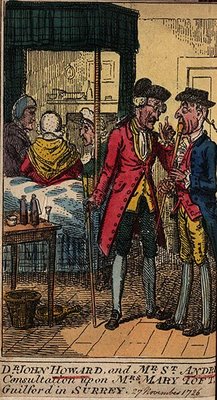
When physicists at CERN cranked up the $10 billion Large Hadron Collider on Sept. 10, 2008, they had high (if contradictory) hopes. Like a child at Christmas, they wanted to get exactly what was on their wish list – the Higgs boson, some proof of supersymmetry – but also yearned for some wonderful surprise; because, if everything they predicted was right on the money, then particle physicists might well weep, for they would have no new worlds to conquer.
Years later, the LHC still hasn’t destroyed the planet or crushed physicists’ hopes. In fact, it’s made some amazing and somewhat perplexing discoveries. In this article, I take a (relatively) nontechnical look back at five the five most major findings so far.


